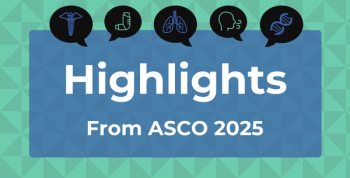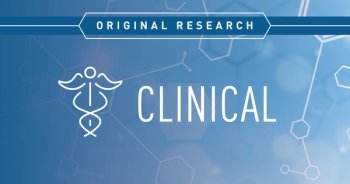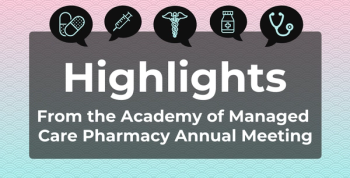
What Happens When Medication Adherence Improves, but Outcomes Don't Change?
The findings, presented at the 2017 American Heart Association Scientific Sessions, suggest that a "precision medicine" approach to tailoring adherence strategies to individual patients may be needed, according to the study's lead author.
The best drugs don’t work if patients don’t take them—thus describes the problem of medication adherence, which can happen because patients don’t like side effects, can’t afford co-payments, or simply forget.
So, what happens if an intervention gets more patients to take their medication, but their clinical outcomes don’t budge? That’s what researchers from Brigham & Women’s Hospital and Harvard Medical School asked after doing just that, and their results were presented late Tuesday at the 2017 American Heart Association (AHA) Scientific Sessions in Anaheim, California.
It’s estimated that half the patients with chronic cardiometabolic conditions—such as hypertension, diabetes, or dyslipidemia—fail to take medication as prescribed, and that this costs the US health system at least $100 billion a year in preventable costs.
“We know this is a major problem that everybody in the healthcare ecosystem now understands,” said Niteesh K. Choudhry, MD, PhD, and colleagues at Brigham & Women’s Hospital and Harvard Medical School.
The rise of accountable care organizations (ACOs) has brought many ideas for improving adherence—but results have been mixed. “Most of the interventions that are out there have only been modestly effective, and even the ones that are effective have problems with sustainability or scalability—they’re often expensive,” Choudhry said.
With this in mind, Choudhry and his colleagues designed an intervention that combined both technology and team-based care—using pharmacists to call patients. As he explained in an
STIC2IT had several important features: It was targeted to the right patients. It used technology—including text messages alongside the phone calls—to make the program more efficient. It used behaviorally tailored interviews conducted by pharmacists to identify individual barriers to adherence. The phone calls were long—at least 20 minutes—and at times uncovered things like the fact that patients who’d been labeled non-adherent in claims data actually were taking their medication or had been told by a doctor to stop.
A total of 4076 patients were randomized but in an intent-to-treat design, as researchers knew not all patients who were offered the intervention would accept it—just like a real-world situation. After 12 months, the overall intervention group had improved their adherence by 4.7%, and among those who accepted the intervention, adherence improved 10.4%. “Overall, that’s a pretty big effect for adherence,” Choudhry said.
But here’s the rub: disease control didn’t change.
“We see this disconnect,” he said. “A moderately large improvement in adherence, certainly bigger than we expected going into the study—with no commensurate change in clinical outcomes. This is a strategy to improve adherence, yes. But this may not be all that is necessary to improve actual clinical outcomes.”
There were differences among subgroups: patients with hypertension saw the greatest improvement, with adherence improving 8.5% overall; followed by a 4.6% rise for those with dyslipidemia. Those with diabetes, the smallest group, saw a small decline of 0.2%.
And for some reason, men improved their medication adherence, but women did not, Choudhry said.
If a pillar of population health strategy is getting patients to take their medication, what do these results tell us?
“I think it tells us a couple of different things,” Choudhry said. “First of all, the relationship between adherence and outcomes is not as clear as we think it is.”
A second lesson is that for patients with poorly controlled chronic disease, adherence by itself may not get the job done. Finally, while this specific intervention might work for some patients, it might not work for everyone—some might need more help.
It means, Choudhry said, that interventions for adherence may need as much personalization as the medicines themselves. “Ultimately, as we move forward, with improved adherence and improved chronic disease outcomes, we need a combination of things. And we need to be able to identify who needs what. What I need may be very different from what you need,” he said.
The next step will be to develop predictors of which strategies will work for which patients—a “personalized medicine” approach to adherence intervention, Choudhry said. “Right now, we don’t have those answers.”
Reference
Choudhry NK, Lauffenburger JC, Gopalakrishnan C, et al. Results of the study of a tele-pharmacy intervention for chronic diseases to improve treatment adherence (STIC2IT). Presented at the 2017 American Heart Association Scientific Sessions, Anaheim, California; November 11-15, 2017. LS-6.
Newsletter
Stay ahead of policy, cost, and value—subscribe to AJMC for expert insights at the intersection of clinical care and health economics.







































